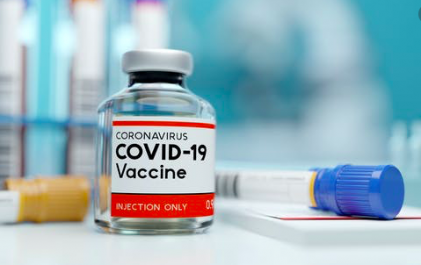Developing a vaccine takes a long time (usually 15 years). The general stages of the development cycle of a vaccine are:
- Exploratory stage
- Pre-clinical stage
- Clinical development
- Regulatory review and approval
- Manufacturing
- Quality control
Different versions of vaccines will be created during exploratory stage and they are tested in iterative processes which can take a few years. Then these vaccines need to be tested on animals and toxicology studies are performed and then applications for clinical trials will be send to regulatory authorities (RAs). This process might take another 2-4 years.
Later vaccines enter into clinical trials which has several phases. In an initial phase, the vaccine is given to 20 to 100 healthy volunteers. The focus in this phase is to make sure the vaccine is safe, and to note any side effects.
In the second phase, there are hundreds of volunteers. In addition to monitoring safety, researchers try to determine whether shots produce an immune-system response.
The third phase involves thousands of patients. This phase continues the goals of the first two, but adds a focus on how effective the vaccine is in protecting people exposed to the pathogen, in this case the coronavirus. This phase also collects data on more unusual negative side effects.
In ordinary circumstances, these phases take years (5 – 10 years) to complete. If phase 3 results are good then company files a biologic license application to RAs to bring the vaccine to the market.

How Covid vaccines are developed in less time?
For coronavirus, a lot of preclinical work was done and the target (spike protein) was known. In few type of SARS-CoV-2 vaccines, preclinical/toxicology data from similar vaccines was used for initial IND and clinical trials phases were staggered which speeds thing up a lot.
The development process of vaccine is slow because it needs to be de-risked before going to next step, as it will cost a lot of money. For COVID money doesn’t matter because everything is done at economical risk and this speeds things up. Thats the reason many vaccines are in phase 3 trials and if they show benefits they can be approved by regular way or via an emergency use authorisation. The ’emergency use authorization’ allows the vaccine to be used before it is fully licensed based on available data that suggests a risk benefit. It is unclear if this will happen with SARS-CoV-2 vaccines, but it is possible.
So, with considering all this, we end up with a vaccine development timeline of about 10 months to 1.5 years – depending on the licensing pathway.

References:
https://www.cdc.gov/vaccines/basics/test-approve.html
https://link.springer.com/article/10.1007/s40264-020-01002-6

Leave a Reply